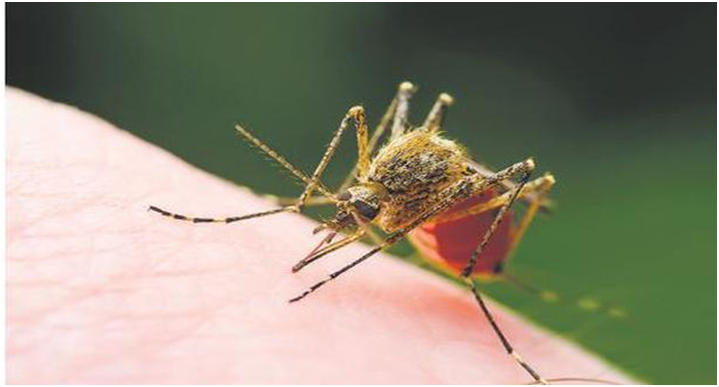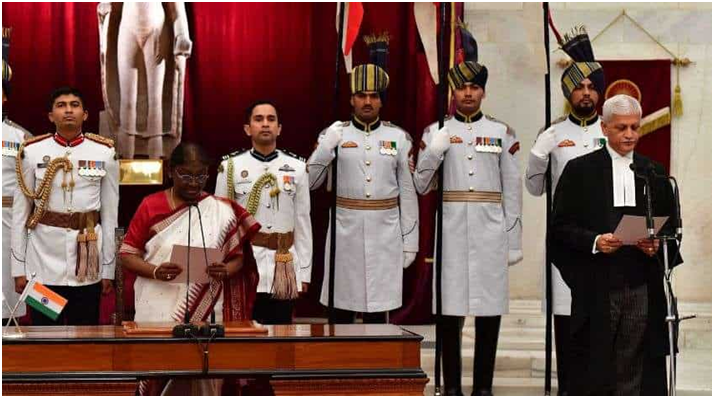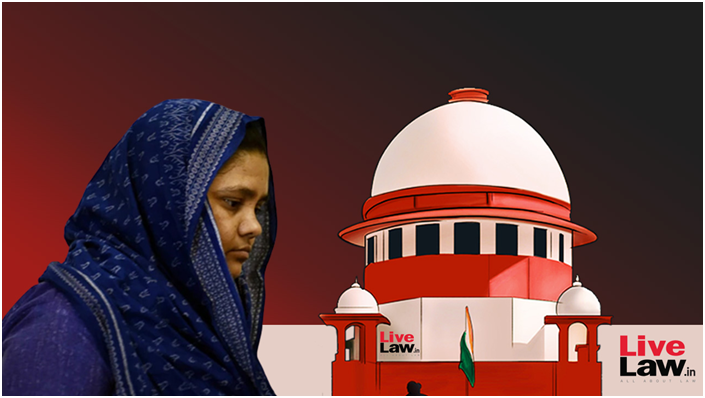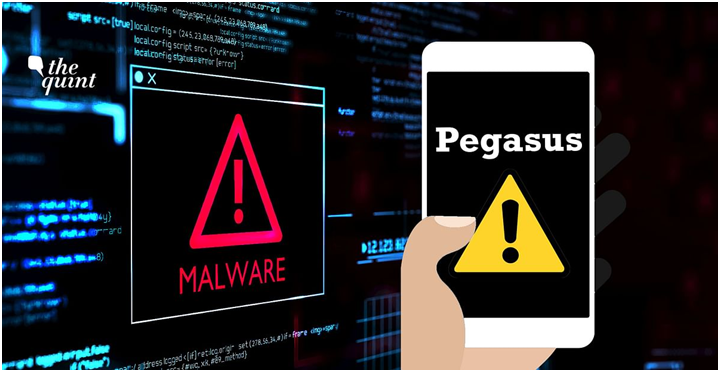Decoding mosquitoes sense of smell (GS Paper 3, Science and Tech)

Context:
- Of the nearly 3,000 species of mosquito, a handful are choosy and will only target people for their blood. Some of these, for instance, AedesAegypti, Anopheles and Culex are well known as vectors for diseases such as dengue, malaria and West Nile fever.
- How these species are specifically able to detect humans and often from as many as 50 metres away has intrigued scientists.
Principle of obfuscating:
- A science question apart, understanding these behavioural patterns of the insect influences methods to trap and eliminate them.
- Mosquito repellents work on the principle of obfuscating the insect’s sense of smell.
- The most common chemical in repellents, diethyltoluamide (DEET) for instance, confuses the mosquito’s antennae that’s sensitive to sweat and carbon dioxide from the human body.
- However, this and several other ingredients such as picaridin, IR3535 and eucalyptus oil are not foolproof.
- The reason for this is that mosquitoes have evolved resilient back-ups in their olfactory system that make sure they can always smell human scents.
Olfactory neurons:
- Olfactory neurons, that are designed to transmit sensations of smell to receptors in the brain, are only responsible for detecting one type of odour in animals.
- Thus, if a single odorant receptor is damaged in a person, all of the neurons that express that receptor will lose the ability to sense that smell. However, the researcher-team found that mosquito’s olfaction didn’t work like that.
- There is need to work harder to break mosquitoes because getting rid of a single receptor has no effect.
Detection by neurons:
- 1-octen-3-ol, is a chemical secreted in human sweat that can be detected only by specific set of neurons in people and mosquitoes. In these insects, however, these neurons are also stimulated by amines, another type of chemical mosquitoes use to look for humans.
- This is unusual since according to all existing rules of how animals smell, neurons encode odour with narrow specificity, suggesting that 1-octen-3-ol neurons should not detect amines.
- Thus, the neurons for detecting humans through 1-octen-3-ol and amine receptors were not separate populations and could allow all human-related odours to activate the part of the mosquito brain that senses the presence of humans even if some of the receptors were lost, acting as a fail-safe.
- Human odour consisted of more than 100 different compounds and those same compounds, in slightly different ratios, are present in most mammals.
Testing by guinea pigs:
- To test the combinations mosquitoes prefer, they used guinea pigs, small mammals with a different blend of many of the same 100 odour compounds of humans.
- Researchers collected their odour by blowing air over their bodies, and they then presented mosquitoes with a choice between the smell of guinea pig and from a human arm. Human-specialised “domestic” A. aegypti mosquitoes will go toward the arm 90-95% of the time.
- A related study found that some people are more attractive to the insects than others though each human was more similar to each other than to the guinea pigs.
What’s next?
- They aim to collect hair, fur, feather and wool samples from 50 animal species, extract odour and analyse them by breaking down the chemical composition of each odour and the difference in proportions of their constituent odours.
- These values could be fed into a computational model to understand how exactly mosquitoes may have evolved to distinguish humans from non-human animals.
Justice U.U. Lalit sworn in as 49th Chief Justice of India
(GS Paper 2, Judiciary)
Why in news?
- Recently, Justice UdayUmeshLalitwas sworn in as the new Chief Justice of India. President DroupadiMurmu administered the oath to India's 49th chief justice at the RashtrapatiBhavan.

Tenure:
- He is set to have a brief tenure of less than three months as the CJI as he will retire on November 8. The retirement age of judges of the Supreme Court is 65.
- He will also only be the second CJI to have been appointed directly from the Bar, without serving as a judge of a high court.
About Justice UdayUmeshLalit:
- India's new CJI was born on November 9, 1957, and enrolled as an advocate in 1983. CJI Lalitpractised in the Bombay High Court till December 1985 and then shifted his practice to Delhi in 1986. In 2004, he was designated as a senior advocate by the Supreme Court.
- CJI Lalitwas appointed as a special public prosecutor for the CBI to conduct the trial in the 2G spectrum allocation case and was part of several important verdicts.
- He was part of the five-judge constitution bench which held the practice of divorce through instant 'triple talaq' among Muslims as "illegal" and "unconstitutional".
Who can become the Chief Justice of India?
- Apart from being an Indian citizen, the person must
- Have been for at least five years a Judge of a High Court or of two or more such Courts in succession or (b) have been for at least ten years an advocate of a High Court or of two or more such Courts in succession, or
- Be, in the opinion of the President, a distinguished jurist.
Who appoints the CJI?
- The Chief Justice of India and the other judges of the Supreme Court are appointed by the President under clause (2) of Article 124 of the Indian Constitution.
- It is mentioned in Article 124 that appointment by the President is to be done “after consultation” with judges of the Supreme Court, as the President may “deem necessary”.
- Article 217, which deals with the appointment of High Court judges, says the President should consult the CJI, Governor, and Chief Justice of the High Court concerned.
- Further, the tenure of a CJI is until they attain the age of 65 years, while High Court judges retire at 62 years.
What is the system followed for recommending and appointing judges?
- The more than two decades-old collegium system is followed in the appointment of judges, consisting of five seniormost judges of the Supreme Court and the High Courts.
- The government gets a background inquiry done by the Intelligence Bureau (IB) at times from the names first suggested for appointment by the collegium. While the government can also raise objections, usually the collegium’s will prevails.
- The term “collegium” is not mentioned in the constitution, which only speaks of consultation by the President.
First Judges Case:
- Given the ambiguity of the word “consult”, this method of appointment has often been challenged in the courts, leading to cases such as the First Judges Case where it was held that recommendation made by the CJI to the President can be refused for “cogent reasons”. This meant the President or the executive would be in a more influential position in deciding appointments.
- With subsequent cases and judgements, this changed. The Supreme Court laid down guidelines for appointments and transfers — leading to the present form of the collegium in which decisions are to be taken by a majority of the five seniormost judges, a result of the ‘Third Judges Case’.
- And so, in the last few years, the common understanding was that the independence of the judiciary from the executive was to be guarded in matters of appointments.
Seniority as a norm:
- Usually, the seniormost judge of the court after the chief justice (in terms of the years served) is recommended as the successor. This convention was memorably discarded by former Prime Minister Indira Gandhi, who appointed Justice AN Ray as CJI in 1973 over his seniors for a CJI more favourable to her regime.
- According to the government’s Memorandum of procedure for the appointment of Supreme Court Judges, seniority is to be the norm. It says the Union Minister of Law, Justice and Company Affairs seeks the recommendation of the outgoing Chief Justice of India for the appointment of the next CJI.
- After the collegium’s recommendations are finalised and received from the CJI, the Law Minister will put up the recommendation to the Prime Minister who will advise the President on the matter of appointment.
What is the criticism of the collegium system?
- The main issue with the collegium system is that it has little transparency.
- The 230th report of the Law Commission of India submitted in 2009, pointed to the possibility of nepotism prevailing, saying: “Sometimes it appears that this high office (HC Judge) is patronised. A person whose near relation or well-wisher is or had been a judge in the higher courts or is a senior advocate or is a political higher-up, stands a better chance of elevation. It is not necessary that such a person must be competent because sometimes even less competent persons are inducted. There is no dearth of such examples. Such persons should not be appointed, at least in the same HC.”
National Judicial Appointments Commission:
- An alternative was proposed in form of the National Judicial Appointments Commission, which suggested a body for making appointments, comprising the CJI and two seniormost judges, the law minister, and two “eminent” persons selected by a panel including the Prime Minister, the CJI and the leader of the largest Opposition party in the Lok Sabha.
- While the bill introduced for it was passed by the Parliament, it was ultimately struck down by the Supreme Court in 2015. A Memorandum of Procedure was to be drafted for the appointment procedure, said the court at the time.
What is the procedure for removal of CJI?
- A Judge of the Supreme Court shall not be removed from his office except by an order of the President passed after an address by each House of Parliament supported by a majority of the total membership of that House and by a majority of not less than two-thirds of the members of that House present and voting”, with the address in the same session presented to the President for removal on one of the two grounds – proved misbehaviour or incapacity.
Remission to convicts in the BilkisBano case
(GS Paper 2, Governance)
Context:
- There has been widespread outrage over the premature release of 11 convicts in a case relating to the gangrape of BilkisBano and the murder of at least seven persons, including a three-year-old child, as part of the riots in Gujarat in 2002.
- The decision by the Gujarat government to grant remission of the remainder of their life imprisonment has come under criticism from lawyers, activists and political parties.
- It is now under challenge in the Supreme Court.
What happened to the woman and her family?
- BilkisBano is a gang-rape survivor of the 2002 anti-Muslim pogrom in Gujarat. On March 3 that year, Bilkis, who was pregnant, was part of a group moving from one village to another for safety.
- Rioters brutally attacked them near a village called Pannivel, raped the women and killed many of them, including her three-year-old daughter.
- The incident left 14 people dead, according to the police, but only seven bodies were found. Neither the girl’s body nor that of a two-day-old infant born to her cousin was found.
- The Supreme Court transferred the investigation to the CBI and the case to Mumbai to facilitate a free and fair trial. Eleven men were convicted by the trial court and sentenced to life. The Bombay High Court confirmed their life terms in 2017.

How did the 11 men walk out of prison?
- Life imprisonment normally means convicts remain in jail for the whole of their life. However, they can be released by the State and Central governments at some point, but not before they complete 14 years, by remitting the remaining prison term.
- Ramesh Rupabhai, one of the convicts, approached the Bombay High Court in 2013 seeking that his release be considered. However, the court ruled that even though the trial took place in Mumbai, the appropriate government to consider remission was Gujarat.
- Radheshyam Shah, another accused, approached the Gujarat High Court seeking remission. However, the court ruled that as the trial took place in Maharashtra, the appropriate government would be Maharashtra. On his appeal to the Supreme Court, a two-judge Bench ruled on May 22, 2022 that Gujarat is the appropriate government to consider remission.
- Significantly, it also accepted the petitioner’s claim that the remission should be under the 1992 policy that prevailed in Gujarat on the date of his conviction in 2008.
- Based on the Supreme Court’s direction to consider their plea for remission, the Gujarat government ordered the release of all the 11 convicts, and they walked free on August 15, 2022.
What are the rules for remission?
- Judicial decisions advocate both subjective and objective norms for remission. Courts have ruled that remission should be informed, fair and reasonable, and not arbitrary; that it should not undermine the nature of the crime.
In LaxmanNaskar vs Union of India (2000), the Supreme Court laid down five considerations:
- whether the offence is an individual act of crime that does not affect society;
- whether there is a chance of the crime being repeated in future;
- whether the convict has lost the potentiality to commit crime;
- whether any purpose is being served in keeping the convict in prison; and
- socio-economic conditions of the convict’s family.
Was the remission given in this case legal?
- The outcry over the remission granted in this case is largely due to the brutal and horrific nature of the crime. However, lawyers and activists have highlighted possible legal infirmities.
- For one, the remission has been granted by the Gujarat government without consulting the Centre.
- Under Section 435 of the Code of Criminal Procedure (CrPC), in a case investigated by the CBI, such consultation is mandatory prior to remission. The Supreme Court has also ruled that ‘consultation’ means ‘concurrence’ in this regard.
- Further, reports indicate that the committee that recommended remission contained some Bharatiya Janata Party (BJP) functionaries, including two MLAs.
- A remission panel usually consists of government officials, officers in charge of parole, rehabilitation and probation of offenders and prison officials. The opinion of the judge who conducted the trial or in charge of the district should be taken too.
The injustice of exceptionalism:
- In this case, the district judge is understood to have opposed the grant of remission. While the judge’s opinion may not be binding, courts have cautioned against brushing aside the opinion without valid reasons. It may also be argued that the presence of political functionaries on the committee may have influenced the decision.
- The question whether Gujarat is indeed the appropriate government may also be raised again, even though the order by which the Supreme Court wanted their remission plea to be considered has already given its finding.
- Section 432(7) of the CrPC says the appropriate government will be “the State within which the offender is sentenced or the said order is passed”.
- Commentators have pointed out that the current remission policy bars those found guilty of heinous crimes from being given remission. Their release under a 1992 policy (because it was the one prevailing on the day of their conviction) may also be subjected to legal scrutiny.
Pegasus malware report
(GS Paper 3, Science and Tech)
Why in news?
- Recently, the Supreme Court said that the panel that it had constituted to look into the Pegasus issue had found no conclusive evidence of the Israeli-origin spyware on the 29 phones it examined.
- The Court, which said it was studying the detailed reported from the panel, also noted that the Central government had continued the stance that it had taken in front of the court, of not cooperating with the probe with the panel too.
Why was the panel constituted?
- The Supreme Court had constituted the panel on October 27, 2021 after several pleas came before it for a probe into allegations that Central agencies had used Pegasus to spy on politicians, journalists and others.
- The Centre had, at that time, refused to submit a detailed affidavit on the allegations, as asked for by the court.
- The panel consists of a three-member technical committee supervised by retired Justice R.V Raveendran. The members are Naveen Kumar Chaudhary of National Forensic Sciences University in Gandhinagar;Prabaharan P of Amrita Vishwa Vidyapeetham in Kerala, and Ashwin Anil Gumaste of IIT-Bombay.
- The panel informed the court in an interim report in May 2022 that it had come up with its own protocols and software to test phones for Pegasus infection.
The panel’s report:
The panel had been working on two key aspects:
- The technical details of the probe into the allegations of Pegasus use; and
- The enhancement of the current laws surrounding digital surveillance, cyber security, and privacy rights.
- On the first aspect, as per the CJI’s reading of the report, five of the 29 phones that were submitted for examination had shown signs of malware infection, but not necessarily Pegasus.
- The report itself has three parts: the technical details of the phone analysis, the report of the technical committee, and the report of the supervising judge.
- Justice (retd) Raveendran has called for a special investigation agency for investigating cyber attacks.

What is the Centre’s stance?
- The Centre had earlier refused the Supreme Court’s order to submit a detailed affidavit regarding the use of Pegasus, arguing that such a public affidavit would compromise national security.
- The Centre had also wanted the panel probing the issue to be under it, which the court denied citing the possibility of bias.
- The panel had also mentioned in its report that there was no cooperation from the Centre on the probe.
How was Pegasus used in India?
- Reports that appeared in July 2021 from the Pegasus Project, which includes The Wire in India, The Guardian in the U.K., and The Washington Post in the U.S., said that in India, at least 40 journalists, Cabinet Ministers, and holders of constitutional positions were possibly subjected to surveillance using Pegasus.
- The reports were based on a database of about 50,000 phone numbers accessed by the Paris-based non-profit Forbidden Stories and Amnesty International. These numbers were reportedly of interest to clients of the NSO Group (developer of the Pegasus software).
- According to The Guardian, Amnesty International’s Security Lab tested 67 of the phones linked to the Indian numbers in the database and found that “23 were successfully infected and 14 showed signs of attempted penetration”.
- Since Pegasus is graded as a cyberweapon and can only be sold to authorised government entities as per Israeli law, most reports have suggested that the governments in these countries are the clients.
- On January 28, the New York Times published an article, which claimed that Pegasus was part of a $2-billion “package of sophisticated weapons and intelligence gear” transaction between India and Israel after Narendra Modi became the first Indian Prime Minister to visit Israel.
- The article claimed that it was after this deal that India changed its historically pro-Palestine stance and voted in Israel’s favour in 2019 at the U.N.’s Economic and Social Council to deny observer status to a Palestinian human rights organization.





